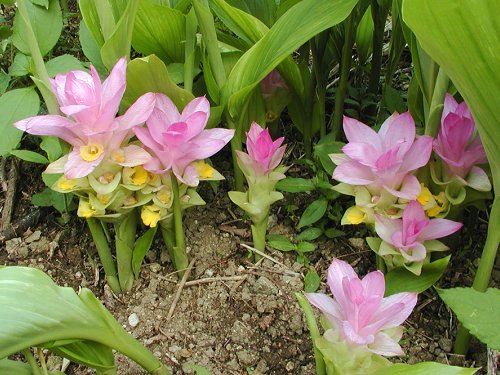Antioxidant, Anti-inflammatory: reduces
histamine and increases endogenous cortisone production. Hepatoprotective: protects
liver from toxic compounds. Anticoagulant- reduces platelet aggregation. Anti-tumor
activity: inhibits metastasis. Antiviral: inhibits HIV in vitro.[3]
[1] Barefoot Doctor's Manual- 1977 Prepared
by the Revolutionary Health Committee of Hunan Province. Original Chinese manual-
Victor W. Sidel. Originally published by Dr Joseph Quin and the Fogarty International
centre, Bethdesda (1974). Madrona Publishers Seattle Washington ISBN 0-914842-52-8
[2] A Complete English Dictionary of Medicinal Terms in Chinese Acupuncture and
Herbalism 1981- Henry Lu Chinese Foundations of Natural Health- The Academy of
Oriental Heritage, Vancouver, Canada.
[3]
healthmasterslive.com
Drug induced nturitional deficiencies and herb drug interaction master class
[4] Murray, M. The Healing Power of Herbs, Prima Publishing: USA, 1995.
[5]
itmonline.org Subhuti
Dharmananda, Ph.D., Director, Institute for Traditional Medicine, Portland, Oregon
[6] Translation notes from Gary Seiford and Hocu Huhn - NSW College of Natural
Therapies. Sydney Australia (1982).
Images
1.
herbvietnam.com
2.
pelledolce.com
Inner Path can not take any responsibility for any adverse effects from
the use of plants. Always seek advice from a professional before using a plant
medicinally.
Curcumin (diferuloylmethane)- Bright yellow polyphenol- principle pharmacological
agent. Curcuminoids; atlantone, bisdmethoxycurcumin, diaryl heptanoids, and tumerone.
Sesquiterpenoids. Sugars. Resins. Proteins. Vitamins. Iron. Potassium
 Curcuma
aromatica. 郁
金 Yù
jīn- "Elegant dense growth gold"
Wild turmeric Family: Zingiberaceae
(Ginger family)
Curcuma
aromatica. 郁
金 Yù
jīn- "Elegant dense growth gold"
Wild turmeric Family: Zingiberaceae
(Ginger family)
 FLAVOR: Acrid, pungent bitter CHANNELS:
Heart, Lung, Liver- more chest area
FLAVOR: Acrid, pungent bitter CHANNELS:
Heart, Lung, Liver- more chest area 